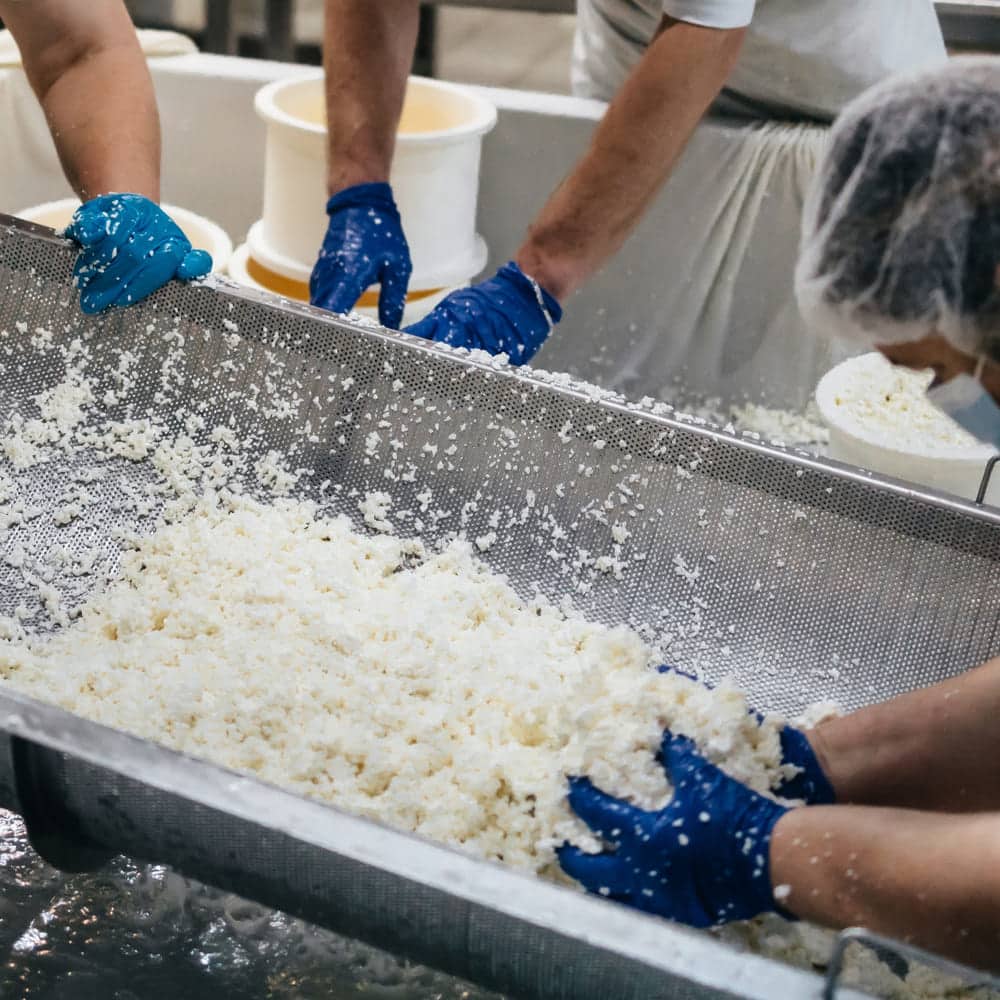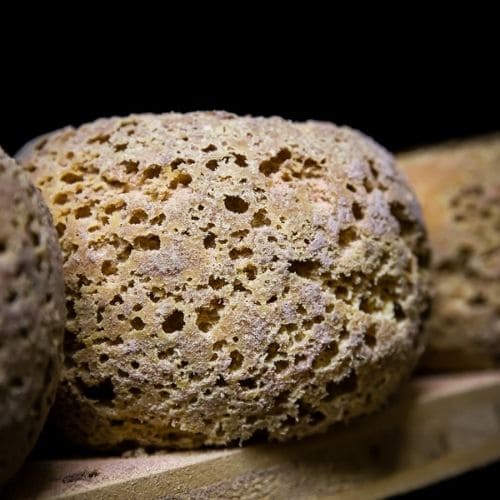Milks
Cow's milk, goat's milk, sheep's milk... milk offers a multitude of possibilities. From the pastures to your table, let's decipher the secrets of milk.
The cow
She has a gestation period of 9 months. She will therefore give birth to one calf a year, and her lactation is stretched over 10 months, with a dry period of 2 months. On average, a cow produces 20 to 30 liters of milk per day, which she gives in two milkings. Its feed requirements are 20 to 40 kg of dry forage and 50 to 80 liters of water per day to ensure milk production.
Cows are represented in France by three breeds: with its Dutch origins and famous black and white coat, the Frisonne Pie-noire or otherwise known as the Prim'Holstein. This is the most widespread cow breed and France's leading dairy breeder. Next comes the Normande, recognizable by its large brown and sometimes speckled spots. Then comes the Montbéliarde, distinguished by its all-white head and large mahogany spots.
But other breeds also make up the French herd, such as : Tarine, Salers, Abondance, Tarentaise, Vosgienne, Rouge Flamande and Aubrac.
The goat
Gestation lasts five months, and kids are usually born between January and March. She often gives birth to two kids at the same time, and lactation can last up to 8 months, with a dry period of 4 months. In order to produce 2 to 5 liters of milk per day, she needs 3 kg of dry forage and 8 liters of water for two milkings.
Poitevine, Alpine and Saanen are the three most common goat breeds. But there are many other breeds, such as the Rove in Provence, with its long horns and garrigue-scented milk, or the Corsican, a great lover of transhumance.
The ewe
The gestation period is five months, with lambing often taking place from November to January. Lactation can last from five to seven months, with a more or less equal dry period. The ewe will only offer 0.5 to 1 liter of milk daily. In other words, low production in a short space of time. This explains the rarity of sheep's milk cheeses. A ewe needs 2 to 5 kg of dry fodder and 6 liters of water daily.
For Roquefort, the PDO specifications indicate that the reference seasonal lactation period is between December and July.
Dairy ewes in France come from three breeds: the Basco-Béarnaise and the Manech, either red-headed or black-headed, both of which produce Pyrenean cheeses such as Ardi Gazna or Ossau-Iraty. Then there's the Lacaune ewe, the breed that produces the milk needed to make Roquefort.






